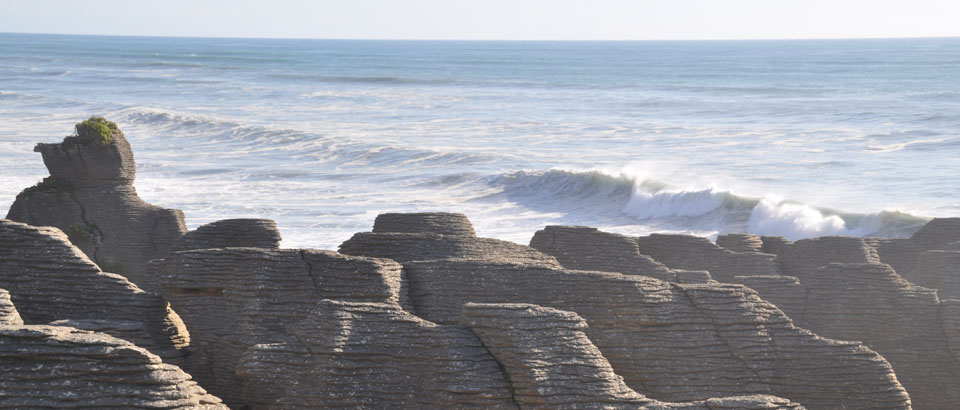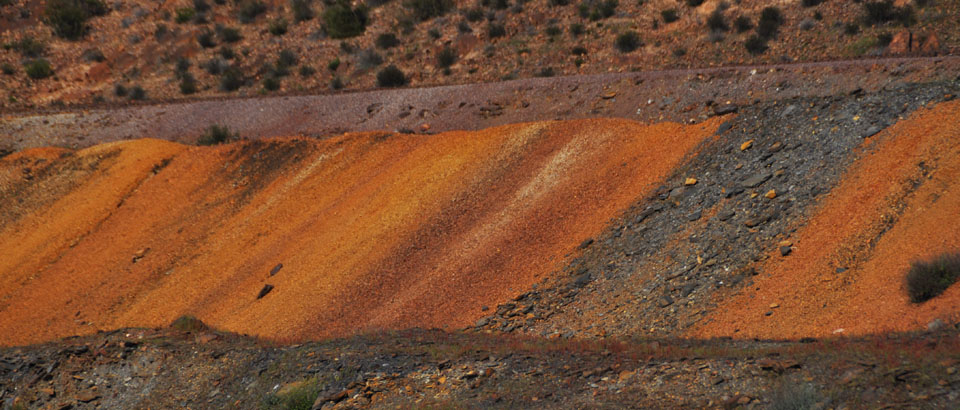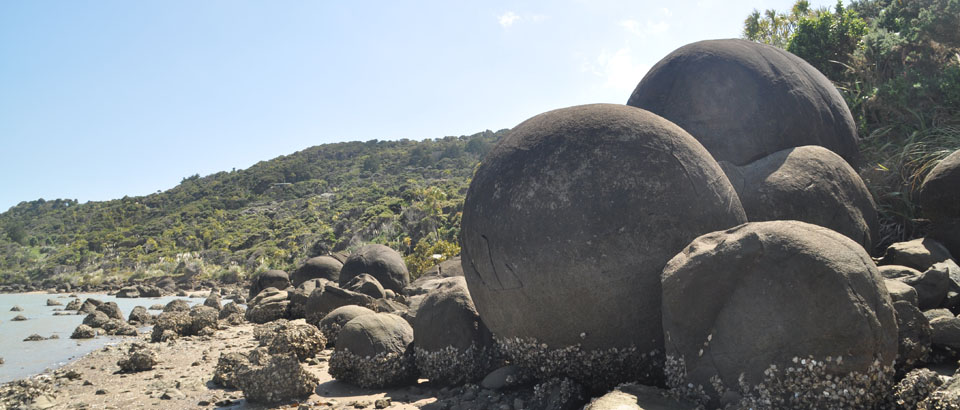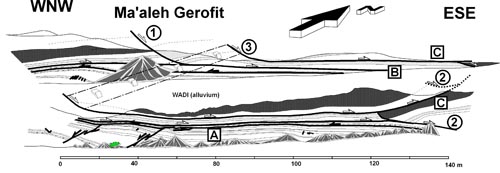Out of sequence Normal faults resulting in local contractional geometry: an example from the Arava Valley, southern Israel. G. Gutiérrez-Alonso, M.R. Gross y A. Becker. 1999, International Geology Review, 41, 967-980. DESCARGAR-DOWNLOAD.
RESUMEN-ABSTRACT
We present an outcrop-scale example of a localized contractional fault geometry that developed as part of an imbricate normal fault system in response to regional extension. Although extensional regions are dominated by abundant normal faulting, local thrust duplication may occur during the same phase of deformation, and on a regional scale may concentrate important quantities of hydrocarbons. Characteristics of extension-related fold belts have mostly been derived from seismic sections; thus fault geometries, mechanisms of formation, and kinematics of these structures are not precisely understood. Abundant kinematic indicators and complete exposure of an extended sedimentary sequence within the Dead Sea Transform, however, provide the opportunity to examine these fault geometries and mechanisms in detail. The local contractional geometry developed within an imbricate normal fault system, as a result of an out-of-sequence normal fault that detached at a higher structural level. The out-of-sequence normal fault offset pre-existing faults, but was deflected into a contractional geometry upon encountering an earlier-formed rollover anticline, whose curved bedding surface served as a convenient ramp. Consequently, displacement across the out-of-sequence fault generated coeval extensional and contractional geometries along the same detachment surface. Geometries and kinematics derived from the outcrop structural analysis may serve as important analogs for larger structures identified as potential targets for hydrocarbon exploration.














